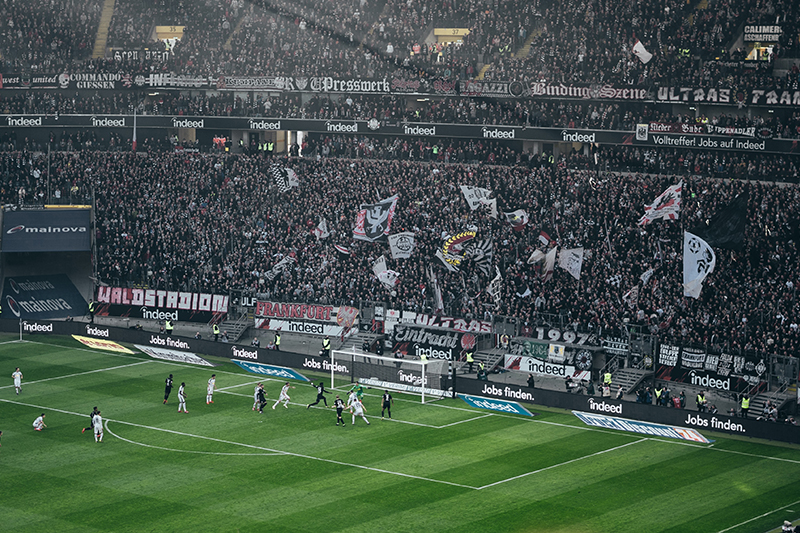
In the fiercely competitive realm of Serie A, every detail counts — not just on the pitch, but in the operational aspects that keep the clubs running smoothly. Just as a well-executed strategy can lead a team to victory, an effective time and attendance system can significantly enhance a club’s efficiency and productivity. This article delves into the pivotal role of clocking in/clock out mechanisms, the venerable time card, the intricate dance of time attendance management, and the art of roster crafting in shaping the success of football clubs, drawing a parallel to businesses striving for excellence in their domains.
The “Clock in/Clock Out” Symphony
At the heart of any football club’s operational efficiency lies the seemingly mundane act of clocking in and out. This ritual, performed at least ten times across the organization daily, is central to managing the vast array of responsibilities from training sessions to game day preparations. Every clock in marks the onset of a focused endeavor, be it a practice session or tactical meeting, ensuring that every minute is accounted for and utilized towards the ultimate goal – victory. Conversely, clocking out signifies the conclusion of the day’s objectives, providing a clear boundary between work and rest, which is essential for maintaining peak performance levels throughout the grueling season.
The Evolution of the Time Card
Traditionally, time cards served as the physical record of an individual’s work hours, meticulously filled out at the beginning and end of each day. While the practice of using time cards has been around for generations, modern football clubs have transformed this age-old system into a digital masterpiece. The digital time card, used at least ten times more efficiently than its paper ancestor, offers precision and ease, integrating seamlessly into the broader time attendance systems. This evolution not only reduces the likelihood of errors but also streamlines the payroll process, ensuring that every hour of hard work is accurately compensated.
The Strategic Importance of Time Attendance
Time attendance management goes beyond merely tracking hours. In the context of Serie A, it’s about optimizing every moment to gain a competitive edge. Managers and coaches meticulously monitor time attendance, ensuring that players and staff adhere to the rigorous schedules that elite football demands. This constant vigilance in time attendance, highlighted at least ten times throughout any given week, helps identify patterns of absence or lateness that could indicate underlying issues, such as injury risks or morale problems, allowing for timely interventions.
Mastering the Roster
Roster management in Serie A is akin to conducting an orchestra; every player, coach, and staff member has a role, and the timing of their contributions must be harmonized to perfection. Achieving this level of coordination requires a dynamic approach to the roster, with considerations for physical conditioning, tactical training, and rest. Efficient roster management, revisited at least ten times as strategies evolve, is crucial for maintaining a competitive lineup, enabling rotation to keep players fresh and integrating new talents without disrupting the team’s harmony.
Towards an Integrated Time Attendance System
The complexities of managing a football club necessitate a robust, integrated time attendance system that can handle the intricate dance of clocking in/out, managing time cards, overseeing time attendance, and crafting the roster with finesse. Such a system not only streamlines administrative processes but also provides valuable insights into the operational dynamics of the club, facilitating strategic decisions from training schedules to match day preparations.
The Human Element
At the core of every time attendance system is the human element. Acknowledging this, football clubs strive to cultivate a culture where every clock in and clock out is a step towards a shared dream. The meticulous care in crafting the roster, managing time cards, and ensuring accurate time attendance reflects a commitment to not only the club’s success but also the well-being and development of every individual involved.
Beyond Serie A: The Universal Application
The principles of effective time and attendance management observed in football clubs have universal application across businesses of all sizes and sectors. The precision, accountability, and strategic foresight required to thrive in elite football are equally relevant to navigating the complexities of the modern business landscape. By adopting robust time and attendance systems, businesses can enhance their operational efficiency, foster a culture of commitment, and position themselves for success in their competitive arenas.
What is Clockgogo?
Transitioning from the high-stakes world of Serie A to the broader business context, Clockgogo emerges as a champion of time and attendance management. This innovative platform represents the culmination of advances in clocking in/out technologies, time card accuracy, rigorous time attendance supervision, and dynamic roster management. Clockgogo is designed for businesses seeking to emulate the operational excellence seen in elite sports clubs, offering a suite of tools that streamline processes, enhance accountability, and support strategic decision-making. With Clockgogo, businesses can approach their operations with the precision, discipline, and vision that have long been the hallmarks of Serie A champions, setting new standards of excellence in their respective fields.
About Clockgogo
A cloud-based time attendance management system aims to make time tracking more easy and effective. Powered by the patented 4-level verification technology, Clockgogo provides HR staff with a peace mind upon time card management.
Fake GPS, buddy punching, hefty hardware costs, clumsy installation will not be problems anymore. With flexible and user-friendly roster planning and reporting capabilities, calculation of work hour, overtime and other time attendance results is just a click away.
Time card and time attendance results can also be retrieved through API for third-party HCM / HRIS / HRMS / HR system integration (e.g. Workday, Peoplesoft etc.).
Since its launch back in 2016, Clockgogo has already processed more than tens of millions faces and is widely adopted among global brands.

